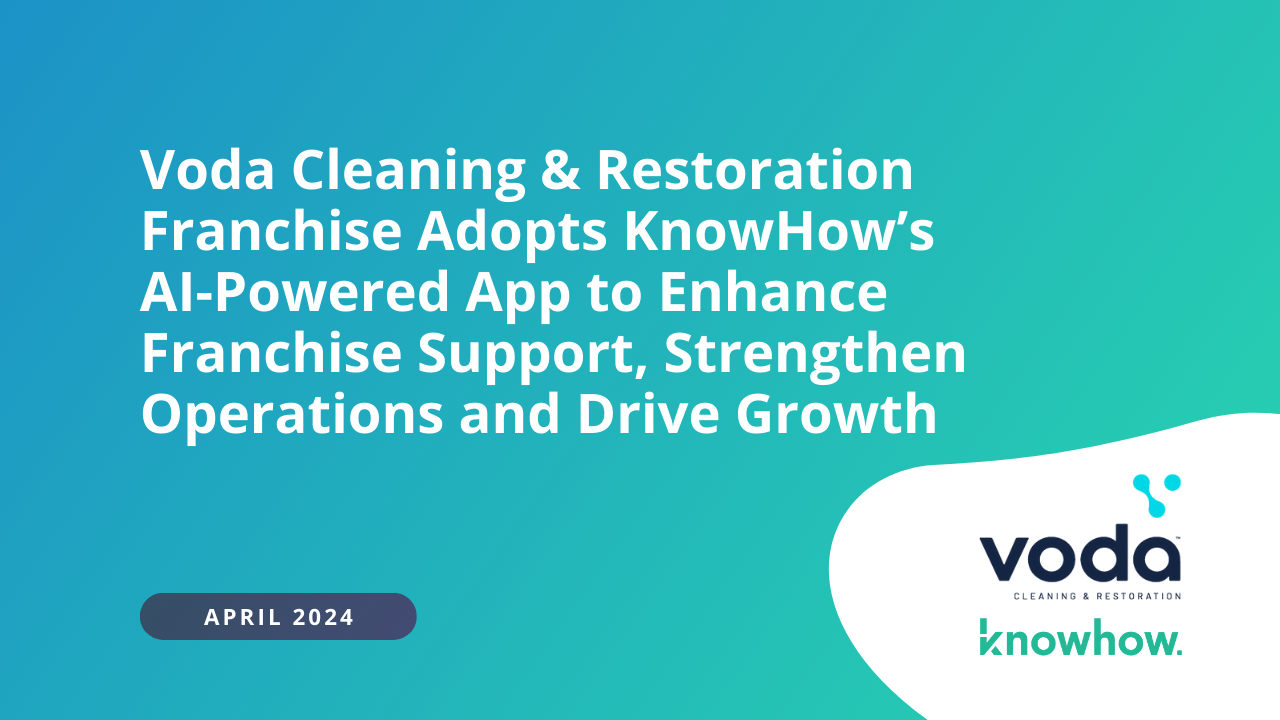
Building a Recruitment Pipeline for Your Restoration Company



In the construction industry, and the restoration field specifically, turnover is a huge issue. Restoration workers quit for a variety of reasons - which we’ve gone over in more detail in this post - leaving managers in a seemingly constant state of hiring. Being understaffed can put strain on your workers, which only exacerbates the issue at hand. Rather than thinking of hiring as a short-term fix to a temporary pipeline, restoration professionals should have an established pipeline to constantly field talent in an efficient way.
What is a recruitment pipeline?
A recruitment pipeline is a system that’s put into place to help in the recruitment and hiring process, which includes multiple stages such as candidate application review, screening, interviewing, and employee onboarding. Upon receiving job applications, recruiters can add candidates to the pipeline and track their progress as they move through various stages. The pipeline involves specific tasks for each stage, like scheduling interviews and preparing hiring documents. By visualizing candidates' progress, the pipeline helps recruiters monitor the process and ensures accountability for their duties.
Why is it important to build a recruitment pipeline for a restoration company?
Recruitment pipelines aid restoration companies in a variety of ways. Below are some of the most significant benefits that managers should take into consideration.
It increases efficiency by keeping everything organized
Obviously, a restoration pro has more to worry about than just the hiring aspect of the job. By having an established process with clear steps for each stage of hiring, you can avoid wasted time and get back to other aspects of management. By laying out each step of the recruitment process, your team can divvy up tasks to ensure everyone’s time and effort are being accounted for.
It provides a better experience for the candidate
In today’s environment, workers get to be choosy - because they can be. Don’t expect candidates to wait around for your call or the next steps. Chances are they’ll find another employer. A better experience will also foster a more engaged candidate. Seeing how organized a potential employer in the hiring stage leaves a great impression on what it might be like on the field.
It ensures you're ready for the next job
One of the main challenges a restoration company faces is the unpredictability of workload due to seasonality and fluctuations in employee demand. When an urgent or unexpected job comes in, you want to be prepared to meet the demand with a qualified and skilled team. Building a recruitment pipeline enables you to stay ahead of the curve, ensuring you always have the right resources at the right time.
Seasonality, such as an increase in storm or flood-related restoration jobs, often leads to a surge in demand for experienced professionals. A well-maintained recruitment pipeline will allow you to quickly fill these positions, without compromising on the quality of your workforce. This proactive approach not only helps you manage the peaks and valleys of the restoration business, but also allows you to better serve your clients in times of crisis.
How to Build a Recruitment Pipeline for your Restoration Company
Treat Recruitment Like an Advertising Campaign
Recruitment is often seen as a means to an end, rather than an ongoing effort - like advertising. Don’t take any shortcuts when you’re recruiting. You don’t want to hire just anyone; you want to hire the right people that will stick around. Picking the right candidates will save you time and money in the long run.
Consider the following recruitment tactics for restoration companies:
- Creating a job posting that truly sells the role by outlining its responsibilities and benefits, such as growth opportunities, positive work culture, and compensation.
- Using social media or job boards to get the word out. You can’t always wait for candidates to come to you.
- Offer incentives to your employees for referrals. Referrals are the leading provider of new hires in every department of restoration companies.
- Offer training to promising candidates that may not have all of the requirements. You can even offer training to members of your current staff.
Establish Your Hiring Process - and Stick to It
This piece is key for organization purposes. Make sure all the steps are laid out for your team, and that the process is clear for each one.
Think about:
- Receiving application materials in one place.
- Filtering through applications and deciding who gets to go to the next level.
- Reaching out for an initial conversation.
- Scheduling a more full-length interview.
- Making the offer.
- Onboarding the hire
Even if you aren’t currently hiring, try and maintain relationships with applicants that show promise. Keep their information handy for when you do need to hire.
Conclusion
An ongoing and organized recruitment pipeline will save you time and money. At KnowHow, we’re all about processes and organization. Learn more insights from our eBook, Why Workers Quit, and get a head start building your company processes with this free template, today, that outlines how you can build an efficient recruitment pipeline for your restoration company.









